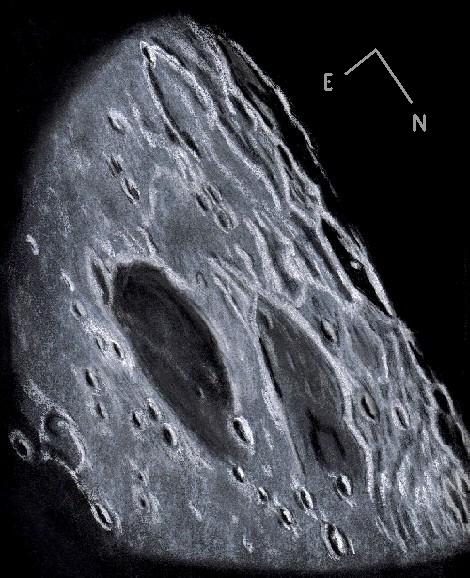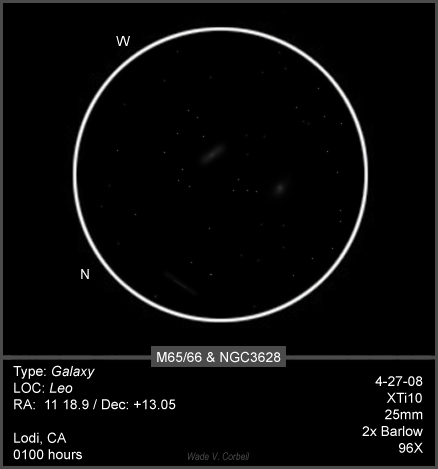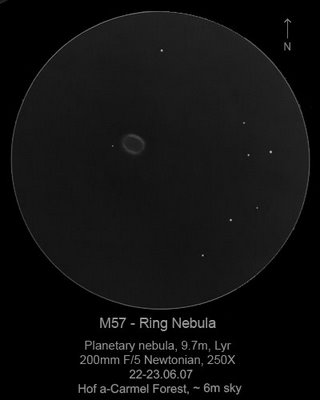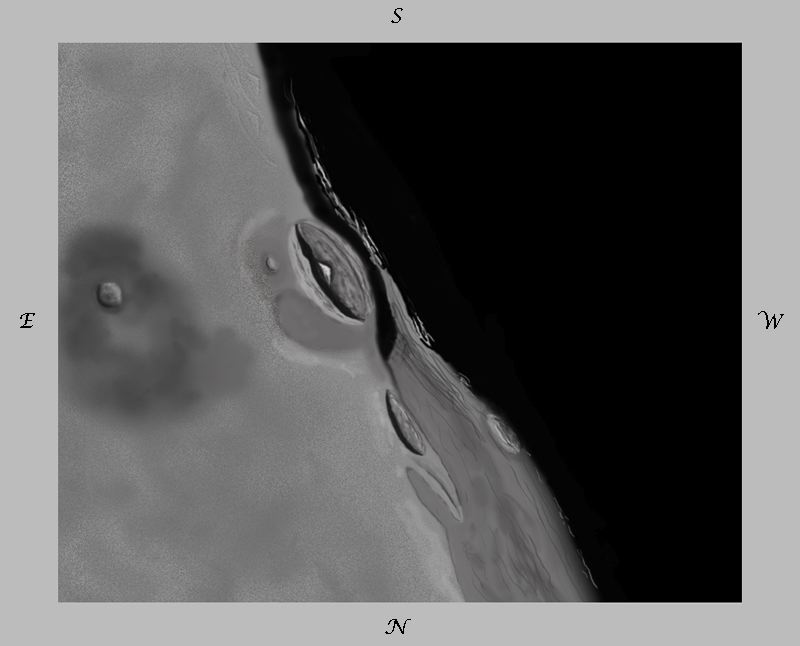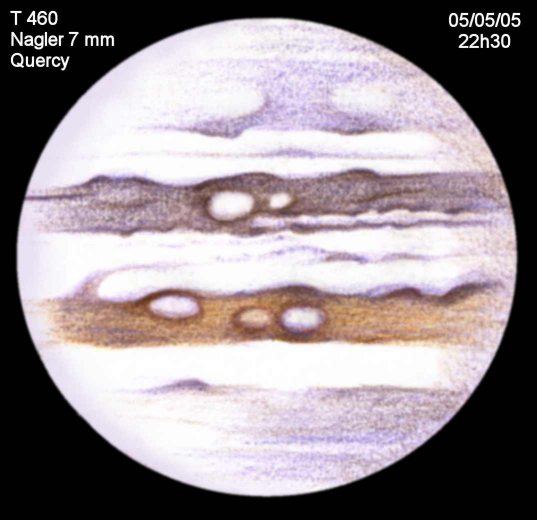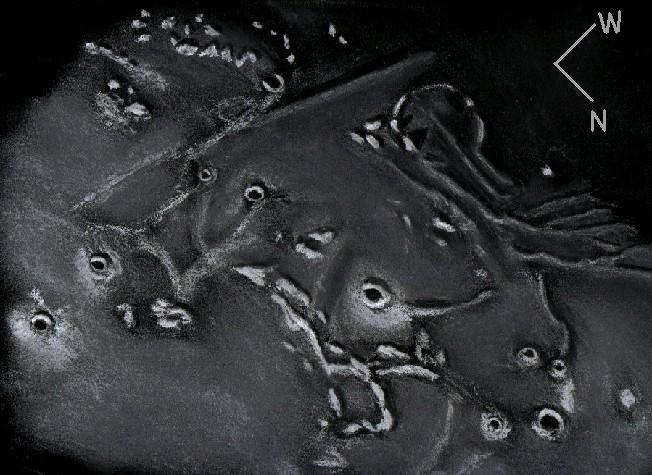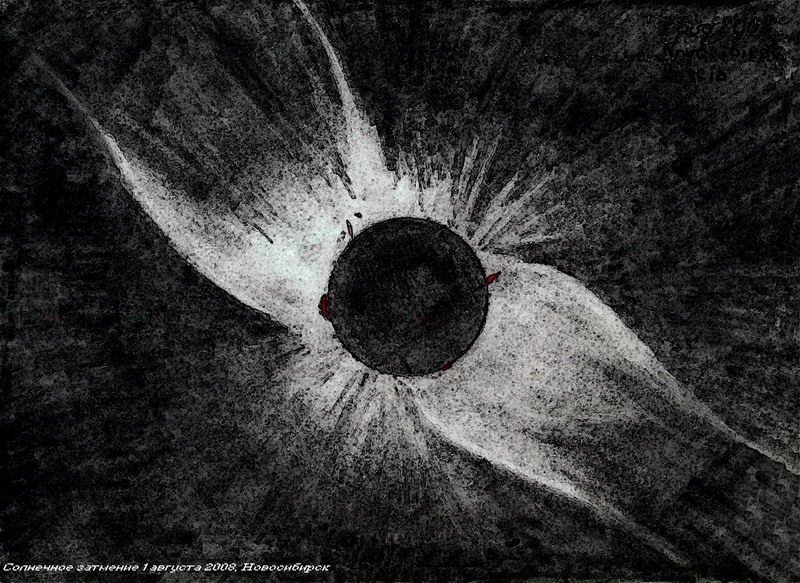NGC 6940
Sketch and Details by Rony De Laet
My first encounter with NGC 6940 was one of pure coincidence. I was sweeping with the binoculars along the rich Milky Way star clouds of Cygnus without any preparation. While trying to find the location of the Cirrus nebula, I stumbled upon an oval brightening in the sky, as large as the full moon. It was an enchanting, yet mysterious object. I did not know of such an object in the constellation Cygnus. This marvellous object turned out to be NGC 6940, an open cluster which belongs to the constellation Vulpecula. The easiest way to locate NGC 6940 is to start from … Cygnus, indeed. First locate Epsilon Cygni. Then move south to 52 Cygni, and a little west to 41 Cygni. Now move south until 41 Cygni borders the northern edge of the field of view. And voilà, there is NGC 6940. My 8×56 binoculars show a conspicuous, elliptical haze bordered with a handful of foreground stars. The lucida of this cluster is a mag 9 red giant. Therefore my binoculars don’t resolve many stars from the glowing haze. The cluster’s distance is about 2700 light years and its age is a respectable 800 million years. NGC 6940 is a very rewarding open cluster, and should be included in every tour of the summer constellations!
Site : Bütgenbach, Belgium
Date : June 28, 2008
Time : around 23.30UT
Binoculars : Bresser 8×56
FOV: 5.9°
Filter : none
Mount : Trico Machine Sky Window
Seeing : 2,5/5
Transp. : 4/5
Nelm : around 5.9
Sketch Orientation : N up, W right.
Digital sketch made with Photo Paint, based on a raw pencil sketch.
(Note: if the sketch does look too dark on your monitor, try to darken the room.)





